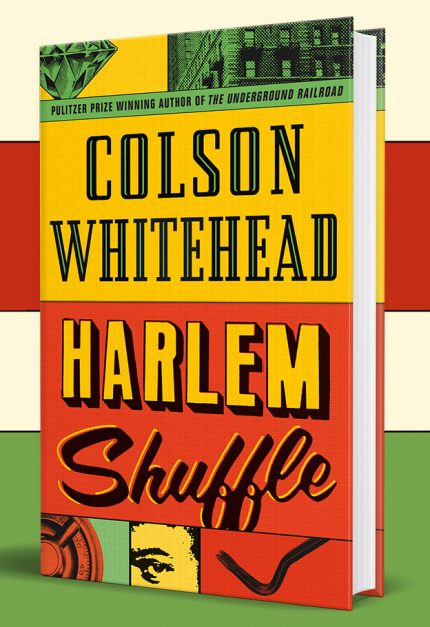
(Among the clientele were Sammy Davis Jr, Lena Horne, Diahann Carroll and other black performer-activists who appeared on American TV in the late 1950s and early 1960s.) Inevitably the heist goes wrong. The “Waldorf of Harlem” was where America’s upper strata of black society kept their safe deposit boxes. Ray remains small fry (he “was only slightly bent when it came to being crooked”) until his layabout cousin Freddie implicates him in a plan to burgle the nearby Hotel Theresa. Ray’s father, a Harlem hood, had bequeathed his own crookedness to his son. A percentage of Carney Furniture merchandise is dangerously hot. An army of gangland cuties with Damon Runyonesque nicknames such as Cheap Brucie and Miami Joe bring her husband TVs, radios and “tasteful” lamps to sell. Elizabeth knows nothing of this dubious secret life. His wife Elizabeth is proud to work for Black Star, while her parents live on Strivers’ Row, a milieu of affluent black Harlemites situated on the “good” side of the subway tracks.īy day Ray runs a respectable business selling fancy dinettes, wingback armchairs and Collins-Hathaway recliners with “smooth hydraulic action” by night he acts as a middleman for Harlem’s criminal underworld.

Ray Carney, a furniture salesman with a store on Harlem’s bustling 125th Street, embodies the area’s aspirations to social self-improvement. An element of the renaissance remains, however, in Black Star Travel, which arranges tourist trips for the black community, and in the Rotary-like Dumas Club named after the mixed-race French writer Alexandre Dumas, whose father was born in sugar-rich Haiti. Instead of the honky-tonk parlours and jazz-enthused flappers of the Cotton Club are crumbling industrial warehouses and soot-begrimed tenements. The area’s “hot syncopated fascination” (as the Jamaican novelist Claude McKay called it) has long gone.

Orson Welles’s notorious “voodoo” version of Macbeth, staged in Harlem in 1935, was the movement’s last gasp while it lasted, ‘Harlemania’ instilled pride in a number of African American writers and artists.Ĭolson Whitehead’s gloriously entertaining tenth novel, Harlem Shuffle, unfolds in uptown New York four decades on from the renaissance.

Black folk heritage – so called “primitive” art and music – was the mainstay of this arts movement that flourished in pre-civil rights New York. Uring the Harlem Renaissance that coincided with the Jazz Age in 1920s America, ‘Harlemania’ took hold in upper Manhattan nightclubs, as wealthy white thrill-seekers bopped to Duke Ellington hothouse stomps and bumped up against West Indian migrant calypso and the ragtime of tin-pan pianos. New West End Company BRANDPOST | PAID CONTENT.


 0 kommentar(er)
0 kommentar(er)
